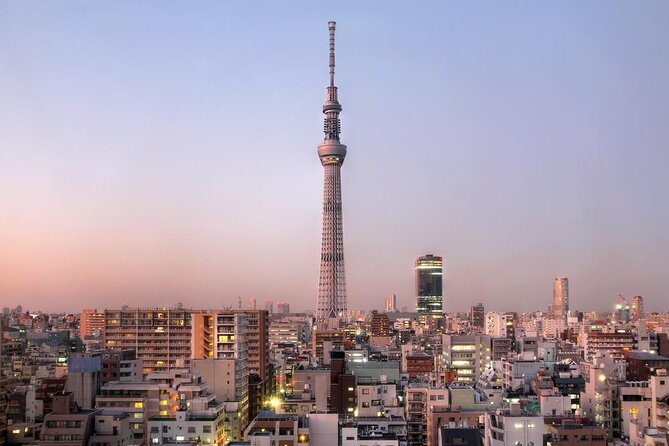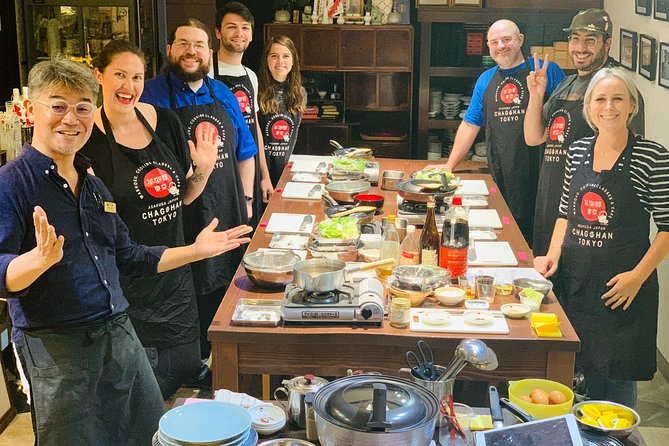The tea ceremony, known as Japanese Sadou, has been captivating locals and travelers in Japan for centuries. With its rich history and cultural significance, it is no wonder that this delicate and serene practice continues to be highly regarded.
Participants in the tea ceremony are invited to enjoy a ritualistic experience that goes beyond simply sipping a cup of tea. Guided by a highly trained tea master, guests gain a deeper understanding of Japanese customs, aesthetics, and the importance of mindfulness in everyday life.
This art form, rooted in the principles of harmony, respect, purity, and tranquility, celebrates the beauty of simplicity. Whether one is a tea enthusiast or simply curious about Japanese traditions, the tea ceremony offers a unique and enlightening experience that is not to be missed.
Quick Takeaways
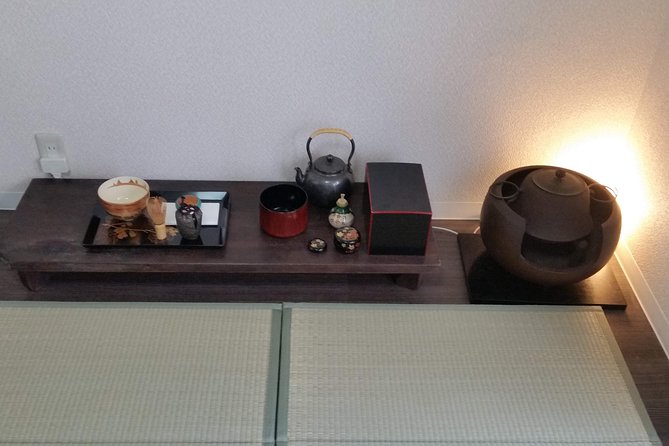
- The tea ceremony originated in ancient Japan and was influenced by Chinese tea culture before evolving into a distinct Japanese practice.
- The tea ceremony is a highly ritualized event that involves sitting in a formal Japanese style, enjoying a light meal, and wearing traditional attire.
- The tea ceremony is conducted using specific tools and equipment such as a tea bowl, tea whisk, and tea scoop, which create a serene atmosphere.
- The tea ceremony holds great importance in Japanese culture as it symbolizes harmony, respect, purity, and tranquility, while also providing a social gathering for people to deepen their relationships.
History and Origins
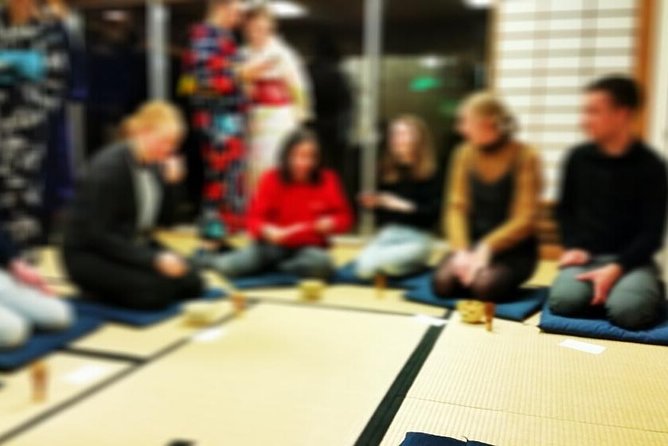
The history and origins of the Tea Ceremony (Japanese Sadou) can be traced back to ancient Japan. The Japanese tea ceremony traditions have a rich history that dates back to the 9th century. It was initially influenced by Chinese tea culture but gradually evolved into a distinct Japanese practice.
The tea ceremony is deeply rooted in Japanese culture and represents harmony, respect, and tranquility. It’s a ritualistic practice that involves the preparation and serving of matcha, a powdered green tea. The ceremony is characterized by precise movements, mindfulness, and attention to detail.
While the tea ceremony originated in Japan, similar practices can be found in other cultures such as China and Korea. However, each culture has its unique variations and customs that make their tea ceremonies distinct.
Traditional Tea Ceremony Rituals
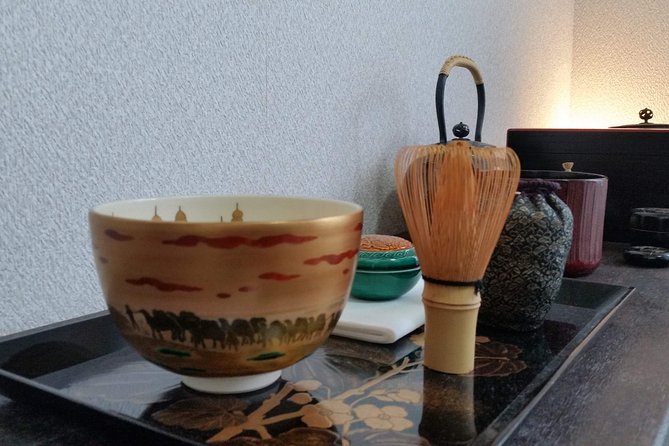
A traditional tea ceremony ritual involves the preparation and serving of matcha, a powdered green tea. During the ceremony, there are various customs and rituals that are followed to create a serene and harmonious atmosphere. Here are some key aspects of tea ceremony customs:
- Seiza: Participants are expected to sit in the formal Japanese style of sitting called seiza, which involves kneeling on a tatami mat with the legs folded underneath the body.
- Chabana: A simple flower arrangement is often placed in the tea room to enhance the beauty and tranquility of the space.
- Chawan: The tea is served in a special bowl called a chawan, which is carefully selected based on the occasion and the season.
- Kaiseki: Before the tea is served, a light meal called kaiseki is often enjoyed. It consists of several small courses that are carefully prepared and beautifully presented.
- Kimono: Participants may choose to wear traditional Japanese attire, such as a kimono, to fully enjoy the tea ceremony experience.
These tea ceremony customs and the appropriate tea ceremony attire all contribute to the overall ambiance and significance of the ritual.
Tea Ceremony Tools and Equipment
Tea ceremony tools and equipment play a crucial role in the preparation and presentation of the traditional Japanese Sadou. These utensils are carefully selected and used to create a harmonious and serene atmosphere during the ceremony.
One of the most important tools is the tea bowl, or chawan, which is used to serve the tea. Other essential utensils include the tea whisk, or chasen, which is used to mix the tea powder with hot water, and the tea scoop, or chashaku, which is used to measure the tea powder.
Plus, the tea ceremony attire is also an important aspect of the ceremony. Participants typically wear traditional kimono or yukata, which adds to the elegance and authenticity of the experience.
Importance of Tea Ceremony in Japanese Culture

The tea ceremony holds significant cultural significance in Japan, reflecting its deep-rooted traditions and customs. The importance of the tea ceremony in Japanese culture can be seen in its cultural impact and significance in modern society. Here are some key points to understand its importance:
- A symbol of harmony: The tea ceremony emphasizes the principles of harmony, respect, purity, and tranquility, which are highly valued in Japanese culture.
- Connection to nature: The tea ceremony is often conducted in a tea house surrounded by a peaceful garden, allowing participants to appreciate the beauty of nature.
- Ritualistic practice: The ceremony follows a strict set of rituals and procedures, showcasing the meticulous attention to detail and discipline in Japanese culture.
- Social bonding: The tea ceremony serves as a social gathering, providing an opportunity for people to connect and deepen relationships.
- Cultural preservation: The tea ceremony helps preserve and pass on traditional Japanese customs and values to future generations.
Etiquette and Proper Conduct During Tea Ceremony
Participants in the tea ceremony are expected to adhere to strict etiquette and conduct themselves properly throughout the ceremony. Tea ceremony practices and customs have been passed down through generations and are deeply rooted in Japanese culture.
Before entering the tea room, participants are expected to cleanse themselves and bow to show respect. Once inside, they must sit in a specific manner, with their legs folded underneath them.
When the host serves the tea, participants should hold the cup with both hands as a sign of gratitude. It’s important to take small sips and not slurp the tea. Participants should also avoid making unnecessary noise or conversation during the ceremony, as it’s a time for quiet contemplation and appreciation of the tea.
Tea Ceremony Variations and Modern Adaptations

Variations and modern adaptations of the tea ceremony have introduced new elements and practices to enrich the traditional experience. In modern times, the tea ceremony has evolved to accommodate different cultures and preferences. Here are some notable variations and adaptations:
- Zen-inspired Tea Ceremony: This variation emphasizes simplicity and mindfulness, focusing on the process of making and serving tea as a meditative practice.
- Tea Ceremony in Western Culture: The tea ceremony has been adapted in Western cultures, incorporating elements of their own traditions and aesthetics while still maintaining the essence of the Japanese tea ceremony.
- Tea Ceremony in China: China has its own tea ceremony traditions, such as the Gongfu tea ceremony, which involves a more elaborate preparation process and the use of smaller teapots and cups.
- Tea Ceremony in Korea: Korea has its own tea ceremony called Darye, which features a more relaxed and informal atmosphere compared to the Japanese tea ceremony.
- Tea Ceremony in India: India has its own rich tea culture, with tea ceremonies that showcase the diverse range of teas available in the country.
These variations and adaptations demonstrate the versatility and adaptability of the tea ceremony, allowing it to thrive and evolve in different cultures and modern times.
Frequently Asked Questions
How Long Does a Typical Tea Ceremony (Japanese Sadou) Last?
A typical tea ceremony (Japanese Sadou) lasts for about one hour. It is a culturally significant event that involves the preparation and serving of tea, as well as the appreciation of art and mindfulness.
Are Children Allowed to Participate in Tea Ceremony Rituals?
Children are typically allowed to participate in tea ceremony rituals, as it is a cultural practice that emphasizes inclusivity. This allows them to learn and appreciate the traditions and artistry involved in the ceremony from a young age.
Can I Participate in a Tea Ceremony if I Don’t Drink Tea?
Yes, participants can still engage in a tea ceremony even if they don’t drink tea. The ceremony is not solely focused on consuming tea, but rather on the ritualistic and cultural aspects of the ceremony.
Is It Necessary to Wear Traditional Clothing During a Tea Ceremony?
No, it is not necessary to wear traditional clothing during a tea ceremony. However, wearing traditional attire can enhance the cultural significance and immersive experience of the ceremony.
Are There Any Specific Rules or Guidelines for Taking Photographs During a Tea Ceremony?
Photography etiquette during a tea ceremony is essential due to its cultural significance. There are specific rules and guidelines to follow, such as obtaining permission before taking photos, respecting the privacy of participants, and refraining from using flash or disruptive equipment.
The Sum Up
To sum it up, the tea ceremony, known as Japanese Sadou, is a revered cultural practice that embodies the principles of harmony, respect, purity, and tranquility.
With its meticulous rituals and deep-rooted symbolism, it offers a unique and enlightening experience for both tea enthusiasts and those curious about Japanese traditions.
Through the guidance of a tea master, participants gain a deeper understanding of Japanese customs, aesthetics, and the importance of mindfulness in everyday life.
The tea ceremony is a truly captivating and serene journey into the heart of Japanese culture.

